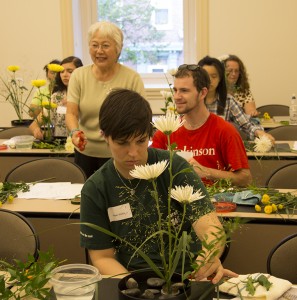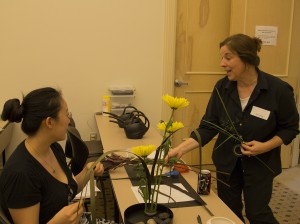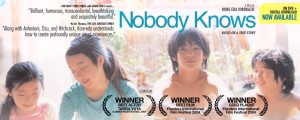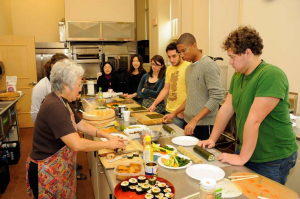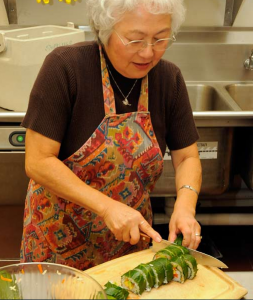Ikebana (lit. “flowers kept alive”) originated in sixth-century Japan as an expression of the beauty of nature; originally, Buddhist priests created the artful arrangements as offerings to the spirits of the dead. By the mid-15th century, ikebana was officially recognized in Japan as a high-art form, but it would be two more centuries before the merchant classes were permitted to practice it. Today, more than 2,000 schools of ikebana are registered with the Japanese government; Anna Nakada is a master of the ichiyo (“one leaf”) school, which takes into account the environment in which the arrangement will be displayed and the personal expression of the arranger.
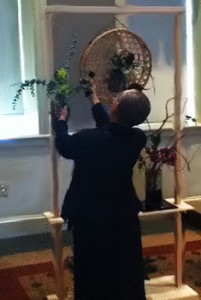
Ikebana Master Anna Nakada arranges flowers during a demonstration highlighting an ancient form of Japanese art. The flowers and branches she used were culled from the Dickinson campus.
Working in the Stern Center Great Room before a live audience, Nakada created several arrangements, using natural materials she’d gathered on campus with help from Randall Nenninger, manager of grounds and landscape services; Arborist Mike Shaffer; and Master Gardener Anne Dailey. Her two-hour demonstration, sponsored by the Department of East Asian Studies, was accompanied by an Waidner-Spahr Library exhibition of arrangements created by members of the Harrisburg chapter of Ikebana International. Nakada also fashioned a special arrangement to be included in a current exhibition at The Trout Gallery titled The Floating World: Ukiyo Prints From the Lauren Rogers Museum of Art.
As she created her ephemeral sculptures, Nakada explained that each piece in the arrangements represented an element of nature. She also spoke about the role of asymmetry in Japanese art; the proper composition of color, depth and height; the interplay between tradition and personal expression; and the discipline it takes to draw out expressions of nature that are as economically eloquent as nature itself.
“Ikebana is about selection,” she said of the painstaking process. “You have the whole world before you, and you select from it. Then you select, select and select again.”
